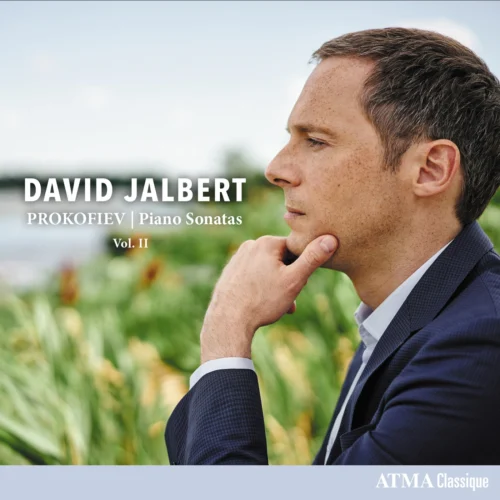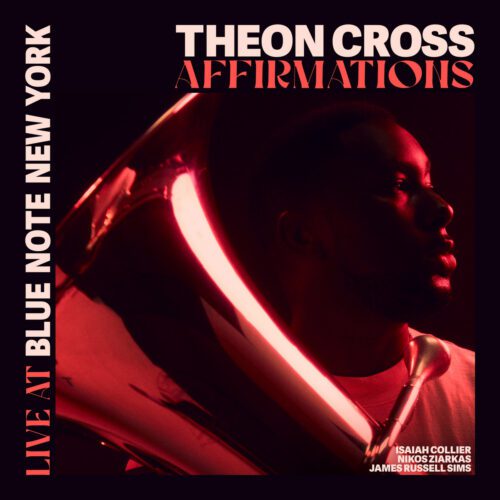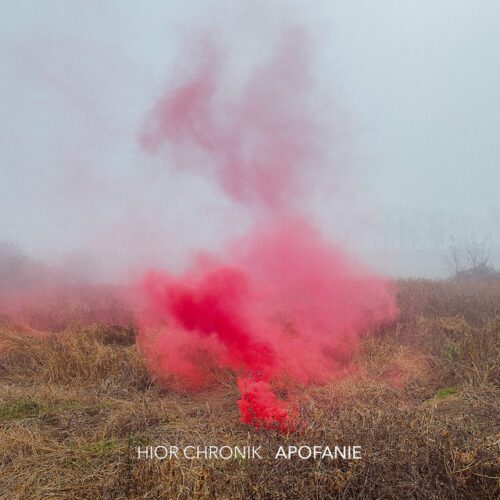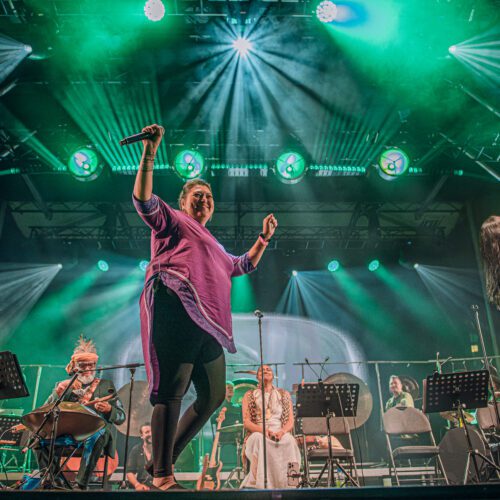One of the finest Canadian pianists of his generation, David Jalbert continues his complete recording of Prokofiev’s piano sonatas with this second volume of the corpus, which will inevitably end with a third. On the programme, still in chronological order: the 5th, 6th and 7th.
As in Vol. I, which I enjoyed when it first came out (read my review HERE, in French), I notice the same virtues in this pianist: superb elegance of phrasing, fine control of dynamics, ranging from barbarism to delicate refinement with ease, and great skill in balancing and clarifying the widely separated stops of the two hands.
Jalbert manages to give an interesting personality to the strange Sonata in C major Op 38 (Op 135 in its revised version), No 5, which moves from almost naive pastoralism to cynical modernity in the space of a few minutes.
Sonata No. 6, in A major, Op. 82, is the first of the three so-called “war sonatas”, written during the Second World War. It is a remarkable masterpiece, an eloquent and specifically Prokofievian synthesis of academic knowledge sifted through with ferocious originality.
It packs into a musical space of some 27 minutes a brilliant discourse that invites tonality to verge on the precipice of its politically contextual possibilities (Prokofiev had only recently returned to the USSR, and was already feeling the breath of Stalinist stylistic censorship). Everything and its opposite are interwoven as skilfully as possible: luminosity, sometimes dazzling, and cynical darkness, dancing lyricism and robust motorism, refinement and vulgarity, war and peace. Jalbert is dazzling in his technical precision and emotional freedom. The dialogue between his left and right hands is remarkably clear, balanced despite the power of the sound demanded of the ensemble.
Finally, Sonata No. 7, in B flat major, Op. 83, the second of the war sonatas, continues in the same vein, with an opening movement marked by anxiety and intermittent nervousness, as if manic-depressive. Later, the mood changes to plaintive, but set in a perplexing andante caloroso (warm, friendly). Once again, no logic seems to hold, in the face of the extreme madness spreading through the world (1942: the Nazi hordes sweep through the USSR, Japan attacks Pearl Harbor, the United States enters the war), this gentle movement in fact conceals the expression of a terrible intuition: the human race is marching, hypnotised, towards the abyss. Above this setting worthy of an apocalypse drawn by Hieronymus Bosch, Prokofiev, like the painter, seems to add a desperate touch of sardonic humour.
The final movement unleashes a swirling, breathless wildness that Jalbert never lets get out of hand. In the booklet notes, Georges Nicholson describes this finale as Guernica in B flat major. What could be more to the point?
Just one thing, perhaps: Jalbert follows in the footsteps (and fingers!) of Sviatoslav Richter, who premiered the work in 1943, with a powerful and memorable reading.
The third volume, featuring Sonatas Nos 8 and 9, is eagerly awaited!
























